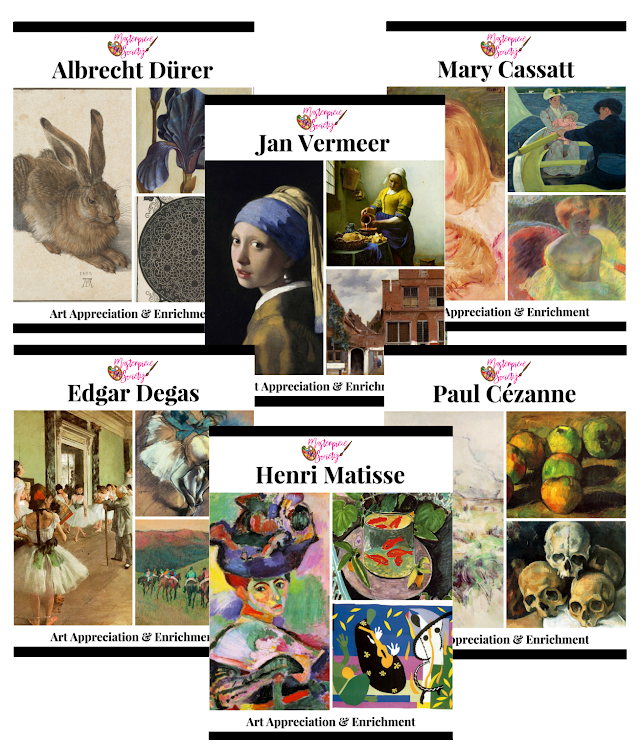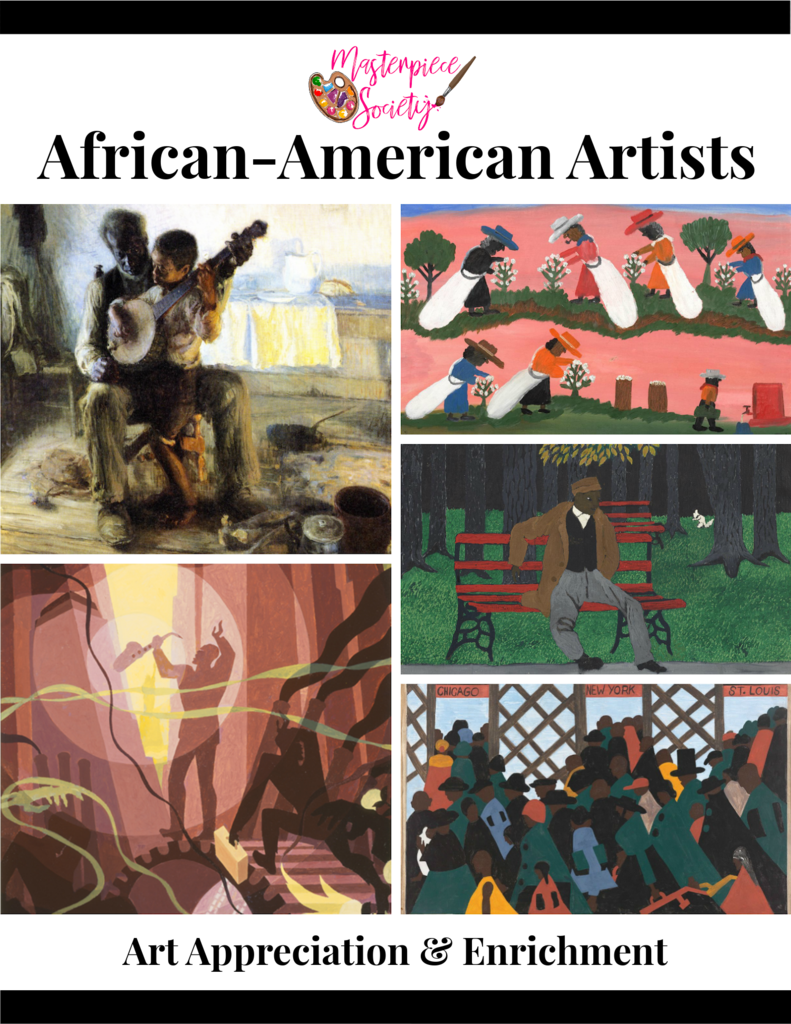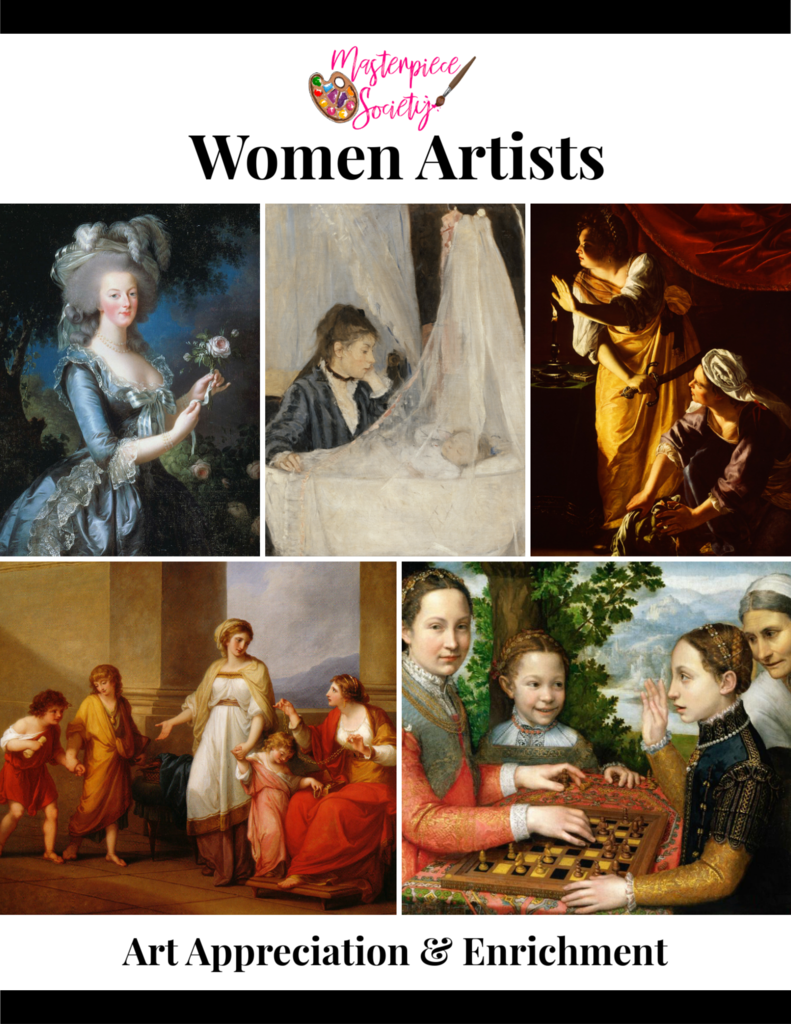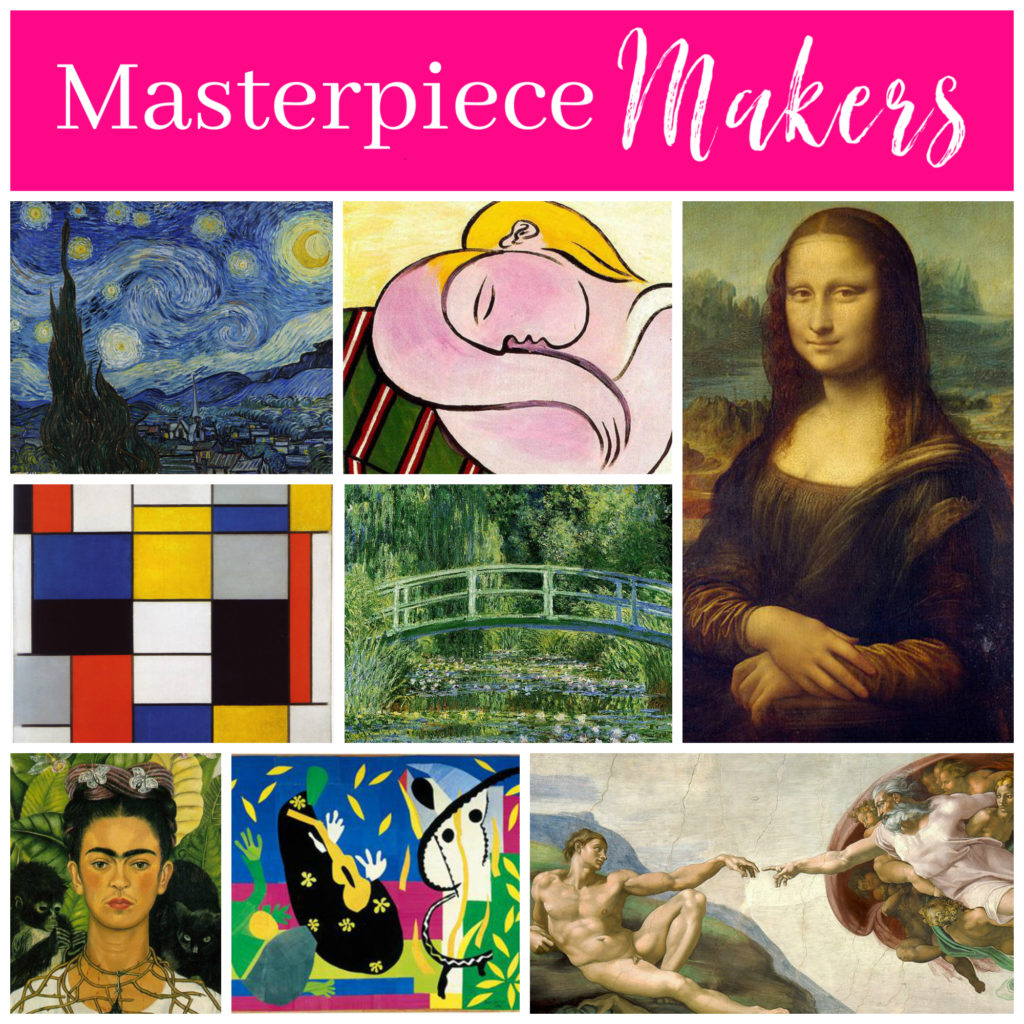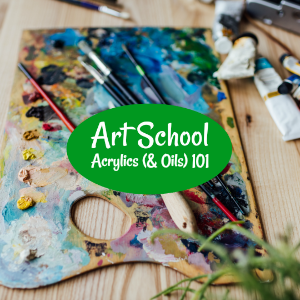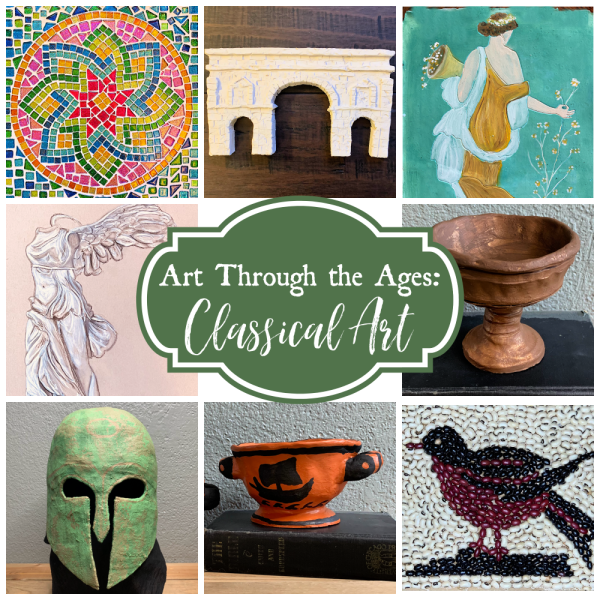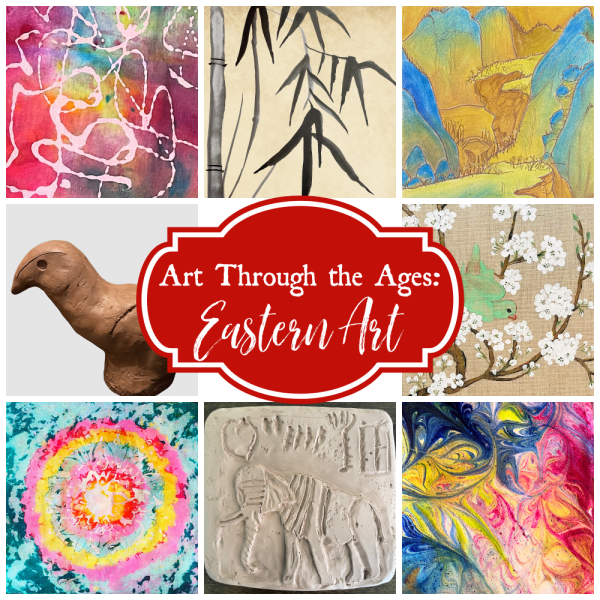
If the thought of homeschooling through high school fills you with anxiety, fear, or trepidation, then this post is for you! A Charlotte Mason education, with a few tweaks, could be just what you’re looking for!
Why?
Because not only is it a generous, comprehensive education filled with all the “riches” you want for your kids and teens, it’s also a gentle education and way to create and maintain a beautiful, peace-filled atmosphere in your home even as SATs, academic units, graduation and college entrance requirements loom in the future.
In this post, I’ll walk you through our Charlotte Mason Morning Time curriculum showing you various elements of it, and how they can be used for your high schoolers. Plus I’ll share how we maintained a Charlotte Mason education (with our tweaks) throughout the high school years, well before our curriculum existed. 😉
(Scroll down to the end for my tips on creating and maintaining a peace-filled atmosphere in your home during the high school years.)

Why Choose Charlotte Mason Morning Time for High School?
High school is an important time in which teens are figuring out who they are (or who they think they are), growing and hopefully maturing, and discovering their passions. With Charlotte Mason Morning Time, you’re giving them a well-rounded education that introduces them to some of the greatest minds throughout the ages. You’re allowing them the opportunity to sample and explore a vast array of subjects and genres while learning what they like or dislike, and what truly speaks to their souls.

“In the Beginning” session begins a more rigorous education for middle and high school students.
Core Components of Charlotte Mason Morning Time Curriculum
Each volume is specially curated around one theme. We’ve gathered beautiful resources for you so that your entire family can learn together (each at his or her own level). And although the sessions are planned out in four to six week increments, it’s entirely up to you and your kids how long you want to linger over certain subjects and how deep you desire to delve. There’s no need to rush.
Inside each morning time session we include:
- Bible Reading & Scripture Memorization & Copywork
- Literature Recommendations
- Shakespeare Selection
- Poetry Memorization & Copywork
- Artist & Picture Study
- Composer Study & Classical Pieces
- History or Geography (& Plutarch in some volumes)
- Hymn Study & Folk Songs
- Nature Study
- Teatime Recipes
- Handicraft
- Fine Arts Lesson
Hopefully, you’re already beginning to see just how well-rounded and beautiful your high schooler’s education can be.
Let’s take a look at each of these areas…
Bible Plan & Scripture Memorization

Reading and studying the Word of God is one of the integral disciplines of the Christian faith. It’s also deeply personal and should be tailored to each family’s convictions and beliefs. Therefore, we do not write bible studies. We simply offer bible reading plans as well as scriptures to memorize and copy for handwriting.
Memorizing scriptures is one way for your kids and teens to develop an understanding and a love for God’s Word. Students will meditate on Truth and wisdom as they work on “hiding God’s Word” in their hearts, and their spiritual foundation will be strengthened.
In our home, we always started off with each teen reading their Bible (and usually a devotional book) first thing in the morning. Then they could move on to their favorite literature book they were reading. From early on, they were memorizing Bible verses, books of the Bible, and copying out longer passages of scripture. We absolutely believe this is of utmost importance for every age — from when they were tiny, throughout their lives!
Literature (or Living Books)

Every morning time session offers a recommended reading list for elementary, middle grades, and high school students that relate to that session’s focus. High schoolers can delve into classic literature and foster a deep appreciation for beautifully written stories, biographies, histories, and more. These living books, written by some of the finest minds throughout the ages, help develop their language, narration, writing skills, and thought processes. Through their daily readings, narrations, dictations, and/or discussions, they develop analytical skills and a nuanced understanding of literary techniques and themes.
In our home… By the time my kids were all in high school, we didn’t do read-alouds for all the different subjects. But we still listened to many audio books together, particularly Tolkien’s LOTR trilogy, the Inheritance Cycle, and more “epic” books that my sons were into. However, we’d sometimes all feel a bit of nostalgia and pull out Winnie the Pooh or Frog & Toad and other “kiddie” books to read aloud! Yes, our teens absolutely loved revisiting their childhood favorites and laughing at the hilarious characters and their silly antics!
Shakespeare Plays

“And Shakespeare? He, indeed, is not to be classed, and timed, and treated as one amongst others,—he, who might well be the daily bread of the intellectual life; Shakespeare is not to be studied in a year; he is to be read continuously throughout life, from ten years old and onwards.”
Charlotte Mason, The Original Homeschooling Series, Volume V
Exploring Shakespeare’s works is valuable to all students, young and old — and especially English-speaking ones. Students engage with his timeless plays, enhancing their comprehension of complex language, historical context, and dramatic structure. Performances and reenactments make these studies come alive, offering both fun and educational value.
Each morning time session has a recommended Shakespeare play with story version for younger students, links to the original plays via the Folger Library, and pre-recorded live performances (if you can’t see it in person).
In our home, I read Nesbit’s Beautiful Stories from Shakespeare, and Tales of Shakespeare, by the Lambs, to our kids when they were younger. To keep them engaged, they’d use action figures, beanie babies, legos, Barbies, etc. to act out the various parts. By the time they were in high school, they had a decent understanding of most of the plays. So we’d read them (usually a No Fear Shakespeare volume, watch a movie based on the play we were studying, then see a live performance at the “Shakespeare Tavern,” in Atlanta. Read more here about creative ways we incorporated the Bard into our studies.
Olivia also participated in a local drama club where they studied and acted out various scenes from Shakespeare’s plays. (Hint: Participation in a local drama club looks great on high school transcripts.)
Poet Study & Poetry

Incorporating poetry into a high school education helps to cultivate a love for language, nurture creativity, and promote critical thinking. Poetry, with its rhythmic and lyrical qualities, enhances students’ linguistic abilities, encouraging a deeper appreciation for the beauty and power of words. The exposure to diverse poetic forms and styles stimulates imagination, allows students to connect with various human experiences and perspectives, and helps them learn to interpret and appreciate nuanced meanings. And let’s face it: it gives everyone a lovely excuse to take a break and have a tea party!
Each of our Charlotte Mason morning time sessions provides a poet study and several poem selections that relate either to the time period or theme of the session. We also provide copywork of one or more of the poems in primary, elementary, cursive, and high school formats.
In our home, before “poetry tea time” was even a thing, we would put the kettle on, light candles, and have tea break around 3pm (“Morning time” doesn’t necessarily have to be done in the morning, you know?) We didn’t always sit around the table. Sometimes, one of us would fill the tea tray and bring it into the living room while we read from the comfy sofas.
Art Study & Appreciation

It is through art — pottery, jewelry, statues, frescoes, and even buildings — which archeologists have unearthed that we have come to understand past cultures. Each piece is a record of ideas, cultural influence, and the era in which they lived.
Art is not just amazing paintings, sculpture and architecture. Art is history.
It’s our own personal time machine that can tell us about the culture, society, political climate, scientific discoveries, and so much more of the artist’s world at the time he or she created.
Artist and picture study in a Charlotte Mason education focuses on observing and appreciating the beauty of great masterpieces created by the famous artists. Students in high school are still encouraged to observe the images and even analyze artistic techniques, historical significance, and the cultural impact of various artworks. This encourages a well-rounded appreciation for the visual arts, as well as other cultures throughout the world.
Each of our sessions includes an artist study with either 4 or 6 of their famous works for students to enjoy
In our home, I’ll be completely honest and say that our kids found picture study a wee bit boring. But we persevered and supplemented with fun art books and field trips to art museums. As they grew older and visited more and more art museums, each of them developed a love for art and various artists. Over the years, we’ve been able to take our kids to art museums throughout the U.S. and Europe (but only when they were older and knew how to behave themselves in museums). Yes, that’s sarcasm.

Composer Study & Classical Pieces

Each session of our curriculum contains a composer study and listening links to 4 or 6 of his greatest works. By learning a bit about the lives of the great composers and listening to compositions from different periods, students gain a love for classical music, insight into history, and begin to recognize the emotional power of music.
In our home…We introduced our kids to the Classical Kids series when they were young. This series helped them get to know the great composers, identify their particular “sound” and pieces when listening to a classical station. Each morning, we’d also play a CD (remember those?) of one composer and listen to it throughout the day. This really set a lovely atmosphere in our home and helped our kids develop their own “refined” tastes. Of course, I helped them refine those palates by blasting 80s music throughout our home as well! You’re welcome, kids!)
We also required each of our kids to take music lessons. Olivia and Liam took classical piano lessons, while Alec took bass lessons (to learn to play like Sting). Both Olivia and Alec played for years on our church’s praise team. (Hint: These lessons and being part of a local praise team or band look great on high school transcripts.)
History, Geography & Plutarch

Our curriculum contains history and/or geography components to ensure a comprehensive understanding of the world during the time period or country they are studying. We also recommend living historically-accurate books that draw students into that particular era. They are encouraged to explore significant historical events, cultural developments, and geographical features, fostering global awareness and critical thinking.
In our sessions: In the Beginning, Ancient History, and Classical History, (and all the new sessions that progress through historical periods), students begin to study Plutarch. His “lives” can offer them valuable life lessons and practical application of virtues. Plutarch’s influence can be seen in many works of literature, politics, and history, making his writings an essential work to study. Many Charlotte Mason educators use Plutarch for citizenship.
In our home…We used many Ambleside Online suggestions for history and geography—living histories and geographies. Each of our kids developed his or her own love for history and various eras. We also tried to take many field trips to history museums and national monuments, which made history come alive for them.
Hymn Study & Folk Songs
Connect with Church History throughout the ages by learning timeless hymns with your entire family. And connect with musical traditions by learning fun (and sometimes odd) folk songs. Each morning time session provides a hymn and a folk song to learn, including sheet music and listening links. These musical sessions are more than just fun, they’re a vibrant exploration of cultural heritage that foster a sense of community and continuity by bringing the past and present together.
In our home…Our family knew a few folk songs that had been passed down through my family (of English and Irish descent), but learned even more as we journeyed through the homeschooling years. Hymns were sung at church and at home as an extension of worship.
Nature Study

Each session of our curriculum includes a simple nature study with 8 to 12 nature cards that relate to its particular theme. High school students are encouraged to use these studies to create their own nature journals, adding in scientific names, facts, document natural phenomena, weather observations, poems, quotes, etc. These aren’t substitutes for nature walks, but definitely give your entire family options. Outdoor explorations and nature journaling bring science and art together! Click here to follow along with this particular nature journaling lesson.
In our home…We used Anna Comstock’s huge Handbook of Nature Study as a jumping off point sometimes. But most of our nature studies came from extensive nature walks into the forest behind our home, down to the creek, frequent hikes through the Blue Ridge mountains, trips to the beach, etc. We also raised tadpoles (taken from a local pond) to frogs, caterpillars to butterflies, captured and released insects, reptiles, amphibians, etc. The possibilities are endless!
Tea Time Recipes

What better way to combine practical skills with cultural education than through teatime recipes? Each of our sessions contains 4 to 6 recipes specifically for tea time. Students learn to prepare delightful (and sometimes, um, interesting) dishes from various historical periods and from cultures around the world. Older kids and teens will enjoy preparing these dainties for afternoon tea.
In our home…My kids learned to cook and bake from an early age. I figured if I told them it was “fun” then eventually, they’d be cooking meals for the family! 🤣 You know what? It worked! All of my teens took turns cooking for the family or cooking/baking together. They especially love baking. And I especially love eating what they bake.
Handicrafts

Creativity and craftsmanship are nurtured through handicraft projects. These activities teach practical skills, patience, and the joy of creating something with one’s own hands, from embroidering to leather working. Each morning time session has a handicraft that relates to its particular theme.
In our home…I come from a creative family, so I made sure our kids were exposed to all kinds of crafting and home skills. Olivia particularly loved crocheting. Both boys worked with their dad on woodworking and building projects. They enjoyed “modding” action figures, as well as learning leather working, and more.
Fine Arts Lesson

Not only do each of our sessions include an artist and picture study, we also provide an art lesson that relates to that particular session’s theme. For Awaken to Delight premium members, we also provide several art courses from the Masterpiece Society: These courses are mostly geared towards middle and high school students and any one of them can count towards a fine arts credit. Here are the art courses we include for premium members:
Drawing 101Add to CartWatercolors 101Add to CartAcrylics (& Oils) 101Add to CartPastels 101Add to CartNature JournalingAdd to CartAncient ArtAdd to CartClassical ArtAdd to CartEastern ArtAdd to CartMedieval ArtAdd to CartTribal ArtAdd to Cart
In our home…Well, if you know my story on how the Masterpiece Society came about, then you know that back in the day there weren’t any “great” homeschool art programs for older kids, middle schoolers, and especially, high schoolers. So it wasn’t until my youngest was in high school himself, that I began to create art courses for homeschooling families. So…my teens kinda missed out on my genius! Yes, that’s sarcasm too!
Of course you’re going to need to add in a few other subjects for high schoolers: higher maths, sciences, languages, etc. But keep the beautiful living books and Shakespeare going. I highly recommend Karen Glass’ book, Know and Tell: The Art of Narration which is relevant for older students who need to learn how to write outlines, essays, or hone their writing skills all round.
I’ll post what our teens used for high school below:
We used Apologia sciences (from Jeannie Fullbright’s elementary versions through Dr. Jay Wile’s high school texts). Please Note: We only used Wile’s versions, so I am linking the ones we used. I cannot speak to the newer editions since he left the company:
By Dr. Jay L Wile – Exploring Creation with General Science Edition: Second Exploring Creation with Physical Science 2nd Edition, Textbook
Exploring Creation with Physical Science 2nd Edition, Textbook Exploring Creation with Biology 2nd Edition, Textbook
Exploring Creation with Biology 2nd Edition, Textbook Exploring Creation with Chemistry
Exploring Creation with Chemistry Exploring Creation with Physics 2nd Edition, Textbook
Exploring Creation with Physics 2nd Edition, Textbook
And my kids loved Life of Fred and Mr. D Math:
Life of Fred High School Set 1 Life of Fred High School Set 2: Life of Fred Geometry + Trigonometry, Expanded Editions, hardcover textbooks
Life of Fred High School Set 2: Life of Fred Geometry + Trigonometry, Expanded Editions, hardcover textbooks
How to Maintain a Peace-Filled Home During the High School Years:
I want to encourage you that you can totally homeschool your teens through high school! And remember to continue offering the beautiful facets of a Charlotte Mason education to them. It will be a blessing to your entire family.
Here are a few more tips to maintain a peace-filled home during the high school years:
1. Make sure you create an atmosphere of peace in your home with your words, your demeanor, your actions. Don’t allow your own anxieties to create added pressure on your teens. Also, think about things that can help create a calming environment:
Keep that soothing classical music streaming throughout your home. Keep your diffusers going with calming essential oils. Light candles around your home so their soft flickering lights will bring comfort and beauty. Keep feeding their souls with all the riches of a Charlotte Mason education.
2. Prepare them to succeed at life—not just high school or college. Continue training the whole person: spirit, soul and body. We want our children to grow into adults of honor and integrity, to be good citizens, loving husbands or wives, loving parents to their own children. Happy, healthy, and a blessing to others.
3. Determine even if they want to go to college or university, or whether they’d be happier going to a trade school or even launching their own business. Times have certainly changed and a college degree isn’t exactly what it used to be! So, if your teen doesn’t have it on his or her heart to attend college, don’t pressure them. Maybe they need a gap year (all my kids did this) in which they explore various opportunities and ideas, and mature before going away to college.
4. Give them plenty of time to pursue their own interests. Don’t overload your high schooler with so much academia that they don’t have time to pursue their interests. Make sure they have margin in their lives and time to pursue their own interests and explore different hobbies
5. Outsource as much as possible to others: homeschool co-ops, online courses, parents who have expertise in areas you don’t. The world is rich with homeschooling helps — far more so than in my day. Avail yourself to those of us who have gone before you. We want to help you! We want to see your children and you succeed!
I hope this post has helped you realize just how beautiful, generous, and comprehensive a Charlotte Mason education can be. It is filled with all the “riches” you want for your kids and teens, and it’s also a gentle education and way to create and maintain a beautiful, peace-filled atmosphere in your home. And our Charlotte Mason Morning Time is the perfect “done-for-you” curriculum that your whole family can partake of. I actually would have loved to have had it back in the day.
Please let me know some of your favorite “living” resources for high school in the comments so I can add them to this post.
Pin Me!



















